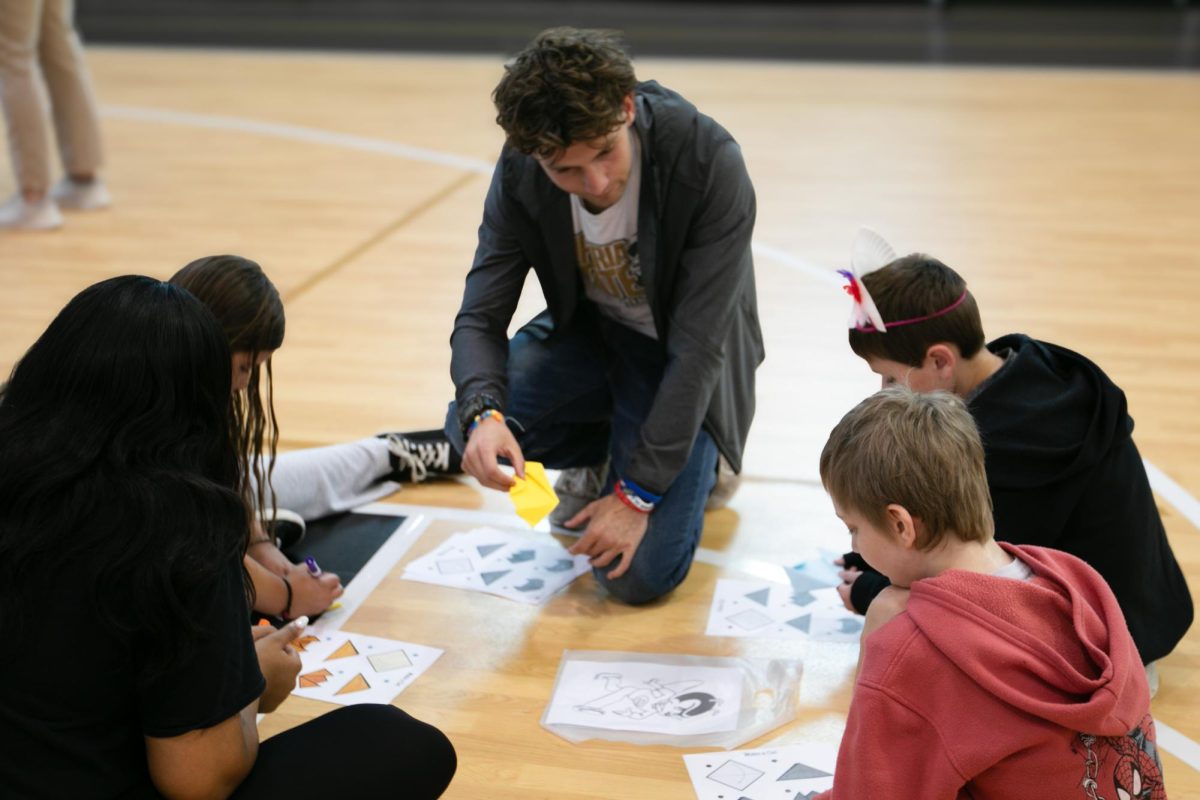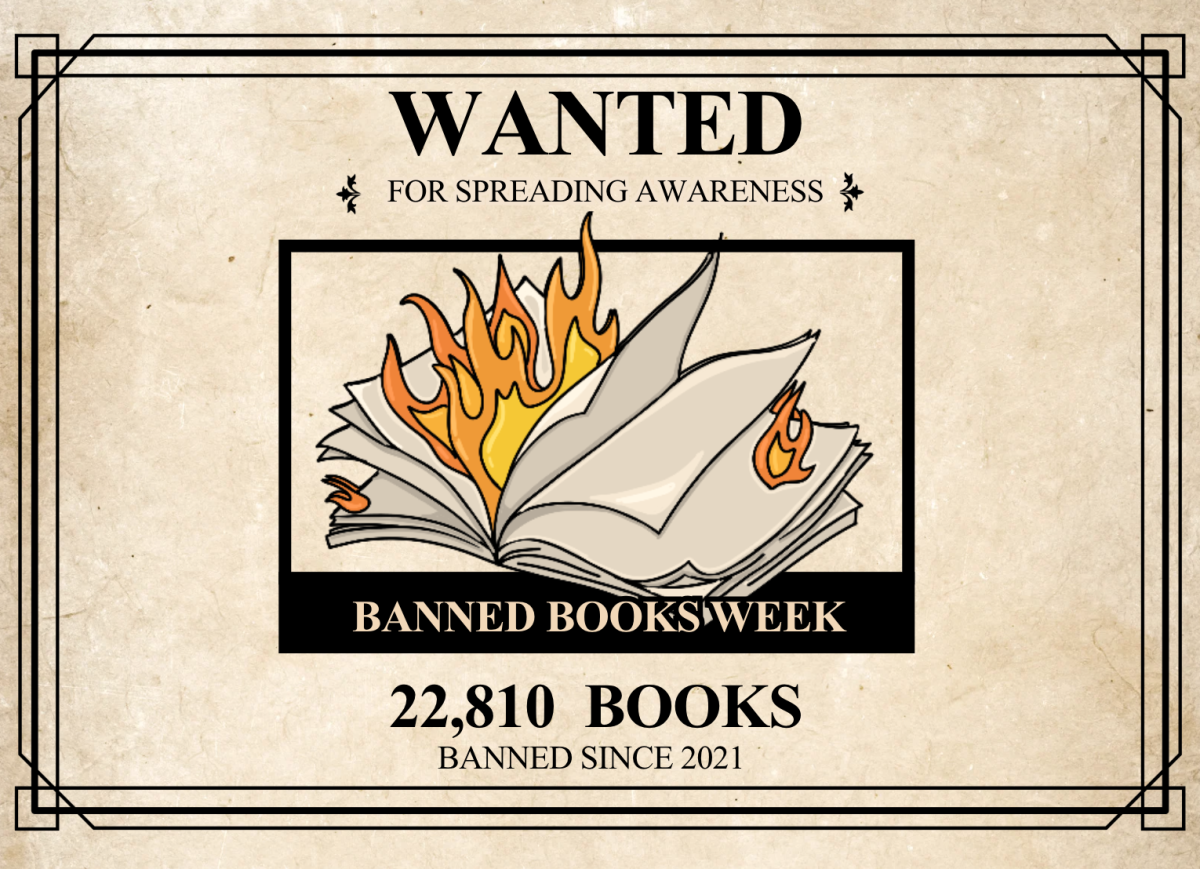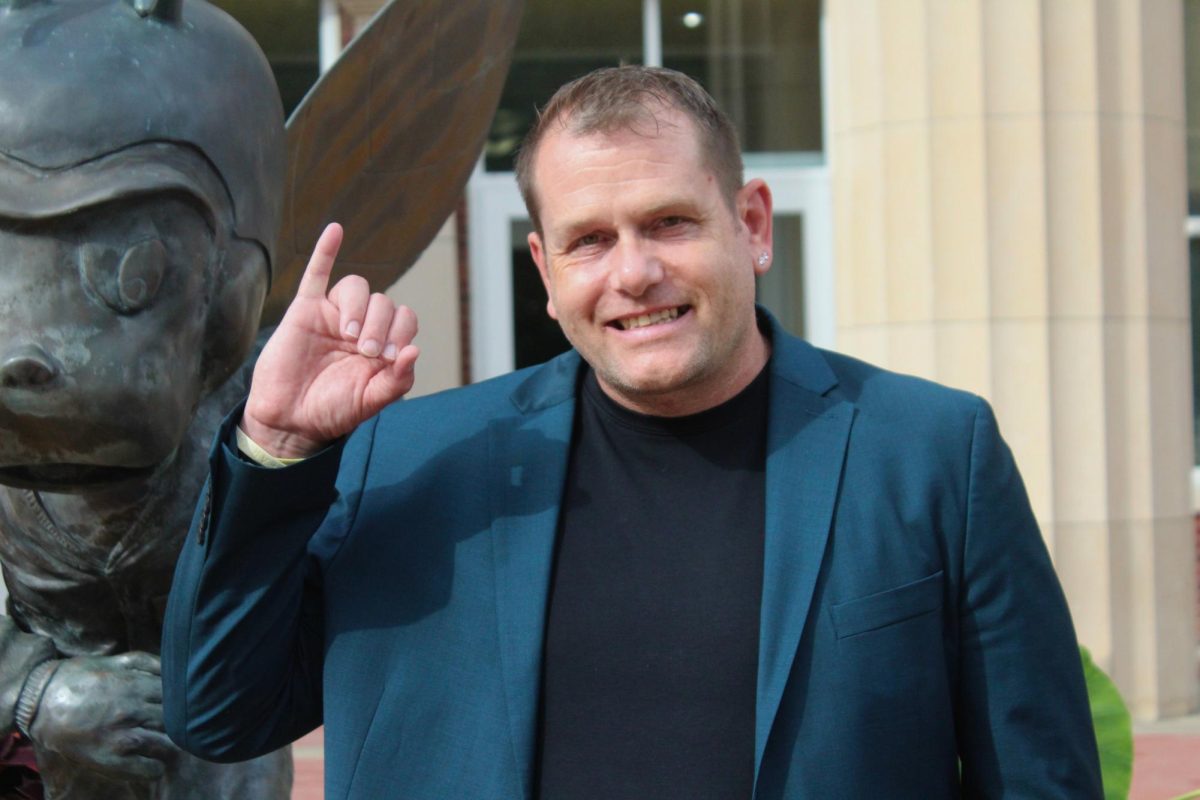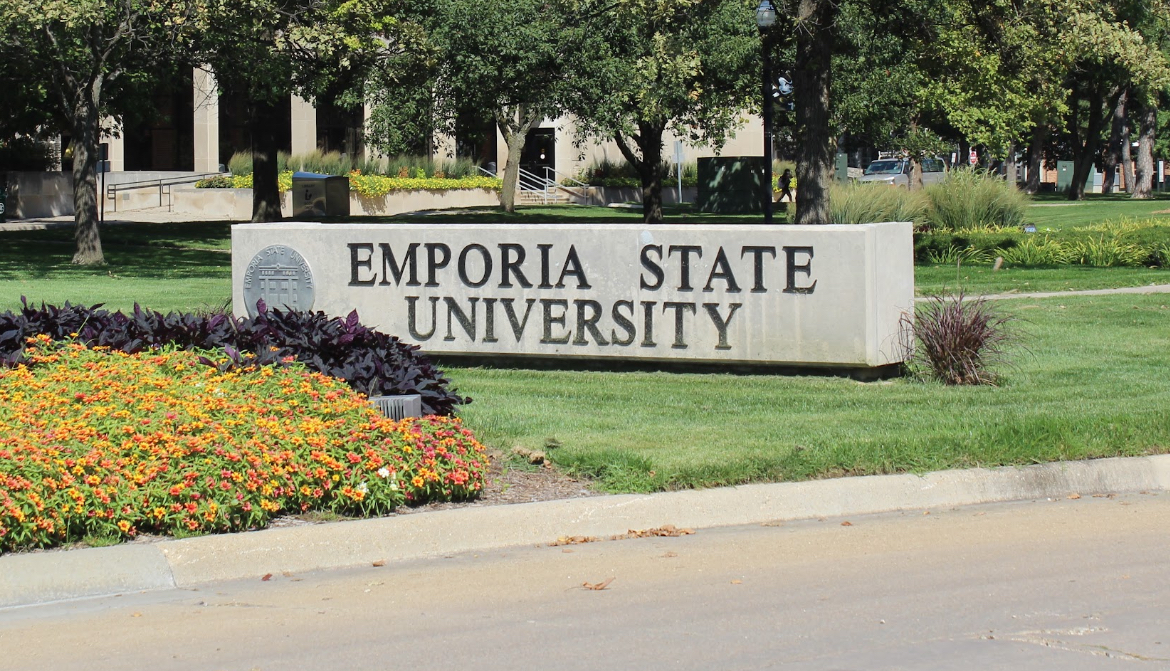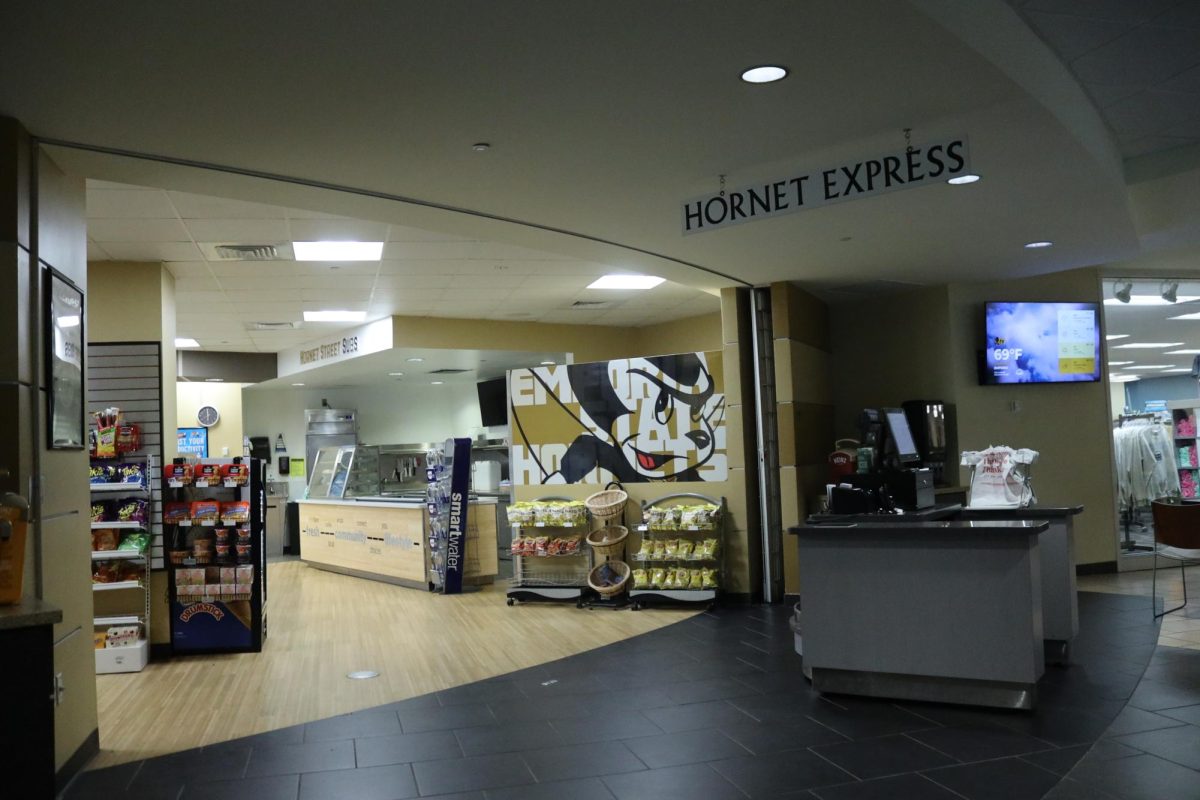Plumb Hall, which is named after Preston B. Plumb, was erected in 1916, according to the William Allen White Library Archives. Plumb was one of the senators who, in 1863, pushed for the Kansas State Normal School to be built in Emporia, Kansas.
“That’s pretty cool,” said Taylor Weisman, a senior communication major. “I didn’t know it was that old. I knew it was old, but I didn’t know it was 1917-old. I thought it was more like, 1950s.”
Even though it’s old, it’s still one of the most beautiful buildings on campus, according to students.
“It’s amazing that we’ve had a building like Plumb Hall around that long,” said Olivia Lopez, freshman, nursing major. “It has a lot of history and character. I think it’s a pretty building. I feel it is the face of ESU.”
Based on Plumb Hall’s looks, some students could hardly believe the building is almost 100 years old.
“I think it’s pretty cool,” said Megan Seastrom, sophomore elementary education major. “No, it doesn’t look (that old.) It’s very well maintained.”
Plumb Hall wasn’t officially opened until 1917.
”It was to take place of the old building which stood at the site of the sunken gardens,” according to Changing Landscape Historical Tour of E.K.S.C. “At the time of its building, it had three restrooms, two checkrooms and facilities for an elevator-though there was no money allotted for one at that time.”
An elevator wasn’t put in Plumb Hall until 1979, according to The Building and Memorials of Emporia State University by Clint Corby.
Albert Taylor Hall was finished and opened the same year as Plumb Hall, in 1917.
“It was named in honor of Mr. Albert Taylor, who was president of Teachers College for 19 years,” according to an article in the June 22, 1934 edition of The Bulletin.
Unfortunately, a tornado hit Plumb Hall in 1918, a year after its opening, and completely destroyed Albert Taylor Hall.
“I didn’t know a tornado could take something down like that,” Weisman said.
Then, in the 1930s, the university wanted to build a basement under Plumb Hall. However, instead of hiring a contractor, the students dug it out.
According to the May 1936 edition of “The Alumni News,” many students volunteered to help. ”Mr. R.G. Cremer, Superintendent of Buildings and Grounds, has had a considerable number of students available for construction work throughout the school year.”
Some students were fairly confident that today, students would do the same.
“I think some students would do it today,” Weisman said. “I would definitely take part in it if it was to help the university. Other students, like members of the Greek community and Foundation, would all step up and do it.”
Seastrom also said she believed students would want to improve their university, but others were not convinced.
“I don’t think the government or anyone would trust students to build a basement that were unqualified,” said Jacob Schaefer, freshman biology major.

